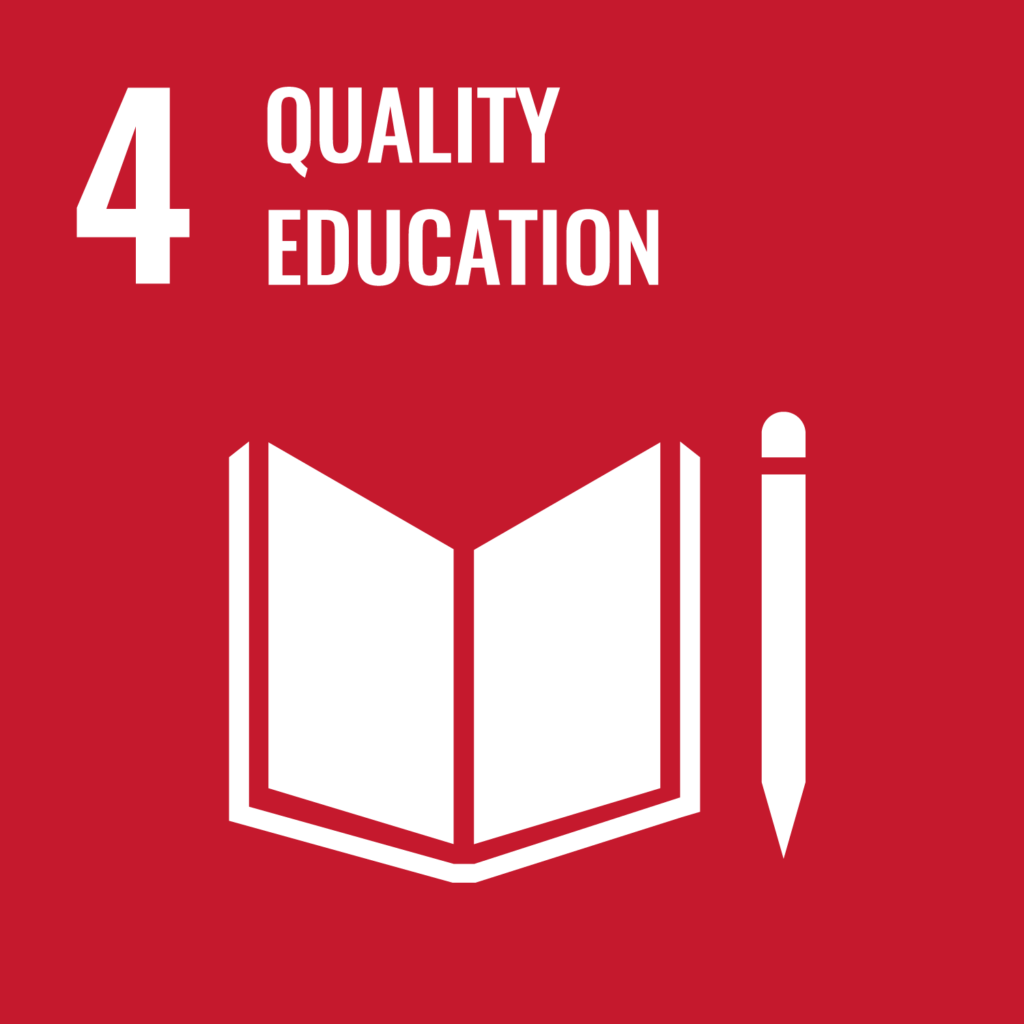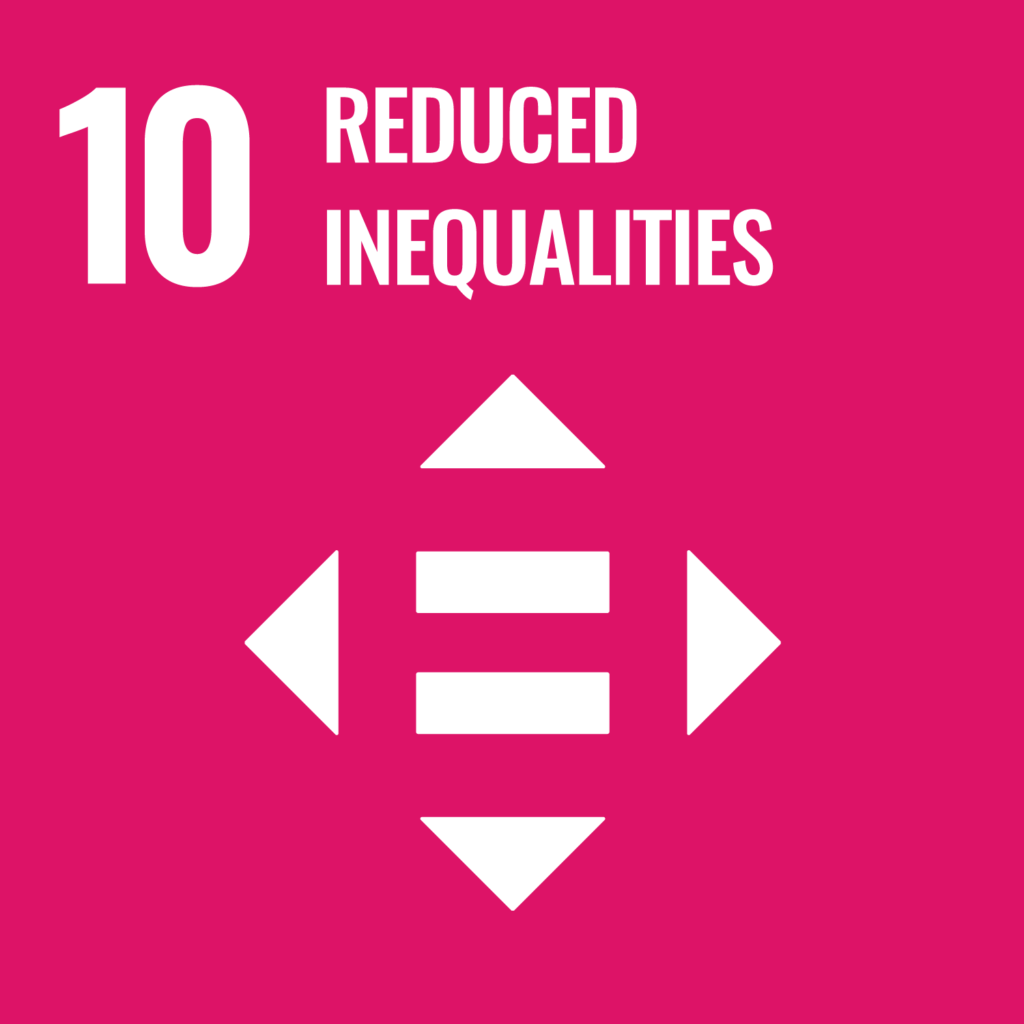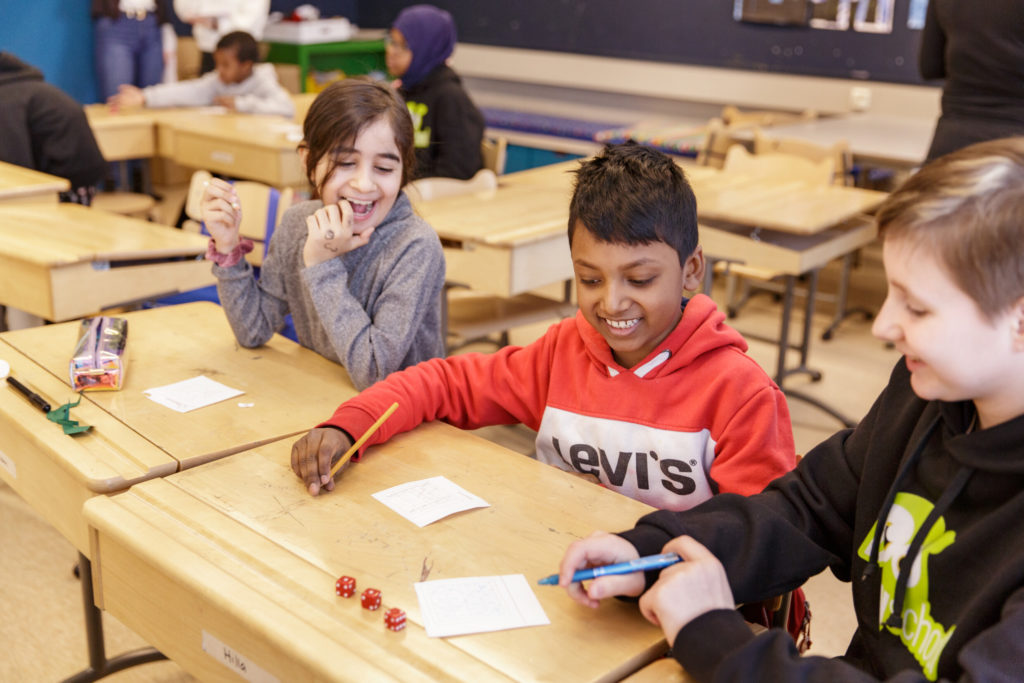

Helsinki wants to be the most equitable and effective place to learn. The City offers high-quality and attractive local services in early childhood education and basic education, as well as general upper secondary education, vocational education and training and liberal adult education. In a growing Helsinki, active measures are constantly needed to ensure accessible and equitable education that promotes equality, and provide lifelong learning opportunities.
The aim is to ensure a smooth path from early childhood education to upper secondary education in Helsinki. The availability of qualified staff is essential to ensure the equal quality of education. To reduce inequality, Helsinki allocates needs-based funding to daycare centres and schools in need of funding. In Helsinki, the well-being and learning of people of all ages are supported not only by teaching staff but also by the welfare officers, psychologists, public health nurses and doctors of student welfare, as well as school coaches, multilingual instructors, exercise coaches and KouluPT counsellors, who offer a low-threshold exercise counselling service. Well-being and learning are also supported through the systematic teaching of emotional and interaction skills.
Emotional and interaction skills in early childhood, basic and upper secondary education
The City has strengthened children’s emotional and interaction skills in early childhood education through staff training. The aim was for at least 80% of the early childhood education units selected for the target group to have participated in the training. This target was achieved, with 85% of the selected early childhood education units having participated in the training. The target for basic education was for at least 80% of schools to systematically use one or more emotional and interaction skills programmes. The objective was achieved.
Five evidence-based emotional and interaction skills programmes were recommended to schools, of which the schools selected one or more for systematic use. The introduction of the programmes was supported through staff training, and the schools’ own development work was supported by an external facilitator. The schools created their own structure for teaching in both Finnish and Swedish, typically a year plan, based on the chosen programme or programmes. Practising emotional and interaction skills supports learning and reduces inequalities by providing pupils with core skills and self-knowledge. The skills help regulate emotions and facilitate interactions. The aim is to improve pupils’ concentration and learning outcomes and promote a positive atmosphere at school. Practising these skills also prevents bullying and conflicts, creating a more equitable and safer learning environment for all pupils.
In upper secondary education, the emotional skills workshops run by the exercise coach and youth worker partners have also strengthened students’ interaction and emotional skills. At the upper secondary level, the various opportunities to influence have given students the chance to develop their interaction skills. Upper secondary institutions have reconnected with interaction and emotional skills by emphasising respectful encounters and psychological safety in their overall operating culture. The pedagogy of hope developed in general upper secondary education also takes this principle to the level of teaching.
According to the 2023 School Health Promotion study, the perceived empathy and cooperation skills of learners in Helsinki are better than in the rest of the country.
Fox model of sustainable development

Every learner has the right to be taught the core skills for the future, and sustainability skills are among these core skills. Sustainable development goals and contents are present in curricula at all levels of education from early childhood education onwards. The learning path from early childhood education to upper secondary education is based on the value base of eco-social education and creative learning.
The early childhood education Fox model, which guides children towards a sustainable lifestyle, was expanded in 2024 to include the first two years of basic education. The Fox model combines sustainable development, climate and environmental education, agency and influencing, future literacy and creative learning. Children’s views are at the heart of the model, and the Fox models have been developed together with children. Staff in early childhood education and basic education were trained on sustainable development, sustainability education and the Fox model.
Sustainable development in City of Helsinki general upper secondary schools and Helsinki Vocational College
A cross-curricular Carbon-neutral Helsinki course was developed with the staff and students of general upper secondary schools. It is a compulsory course for first-year students and is offered at all general upper secondary schools. Helsinki Vocational College introduced a sustainable future programme. The programme responds to students’ needs for competence development, and the college’s sustainable development study path integrates sustainable future studies into the students’ own studies. The aim is that all fields of study will offer elective sustainable future studies. Sector-specific and cross-sectoral teaching materials have been produced, and the recognition of competences and the orientation of workplace instructors and assessors have been developed.
Social sustainability is promoted in upper secondary education by developing learning support in addition to communal student welfare. For example, in some general upper secondary schools, language pedagogical measures such as the ‘Girlhood as a resource’ course and language awareness training for subject teachers have engaged students with an immigrant background. Multilingual instructors have created a link between home and school in a way that prevents segregation. Young people’s equal right and responsibility to learn has been promoted through the provision of compulsory education support services and the expertise of the compulsory education team.
Sustainable development themes in other activities
In addition to teaching, sustainable development is also promoted in the other activities of daycare centres, schools and educational institutions. Each unit of the Education Division has an appointed eco-supporter who promotes environmentally sustainable practices and raises environmental awareness as part of their duties.
The City of Helsinki aims to halve the consumption of meat and liquid dairy products in food services by 2025. To achieve this, red meat dishes have been replaced by plant-based and fish dishes in the meal planning of schools and daycare centres. Furthermore, oat drink has been introduced as a freely available drink option in daycare centres and the amount of dairy products used in cooking has been reduced. Sustainable travel habits among pupils have been supported in cooperation between divisions through environmental education on traffic, and transport education workshops in lower secondary schools.
Literacy
Under UN SDG 4 Quality education, one of the key targets is that by 2030, all young people and a substantial proportion of adults have achieved literacy. The central importance of literacy is also recognised in the Convention on the Rights of the Child, which sets the eradication of illiteracy as a key objective. From the perspective of social sustainability and the reduction of inequalities, literacy plays a major role in society: it contributes to equality, equity, inclusion and well-being. Literacy is also one of the pillars of democracy.
In autumn 2024, pilots were launched for environmental and media education sessions for fifth graders. The City will continue to focus on strengthening literacy in 2025, as it has been made a binding target for the Education Division in early childhood education and basic education.
Successes:
- Each Finnish- and Swedish-language comprehensive school has its own structure (year plan) for teaching emotional and interaction skills. Early childhood education staff have actively participated in emotional and interaction training.
- The Fox model of sustainable development has been extended from early childhood education to instruction in grades 1 and 2 of basic education.
- The Carbon-neutral Helsinki course has been established in the first-year general upper secondary school curriculum.
- Helsinki Vocational College has expanded the ‘Working with climate responsibility’ study unit and introduced it to new fields of study.
- Established structures for library cooperation, continuing education, developer teachers and support needs assessments have been put in place.
- The upper secondary level exercise coach and youth worker partnership has significantly increased students’ exercise opportunities and physical activity during the school day, improved students’ emotional and interaction skills, and reduced conflicts and safety deviations at educational institutions.
Areas for development:
- Monitoring of the implementation of systematic teaching of emotional and interaction skills in early childhood and basic education. Integration of the reinforcement of well-being and interaction skills in the education of upper secondary level students, and its systematic validation. Implementation of the pedagogy of hope at the upper secondary level.
- Development of climate and sustainability competence and its models for grades 3–9 in basic education.
- Reinforcement of the foresight of staff, students and activities, and reinforcement of future skills at Helsinki Vocational College.
- Development of library visits, especially for grade 7 pupils, and cooperation with upper secondary education.
- More comprehensive assessment of literacy levels for certain people of different ages in Helsinki. There is no comprehensive data or overview at the city level, although self-assessments and national learning outcomes assessments provide insights, particularly for certain age groups in basic education.
- With the extension of compulsory education, better assurance of its implementation. The different situations of people of compulsory education age require City-wide cooperation between different divisions, including international and integration services.

